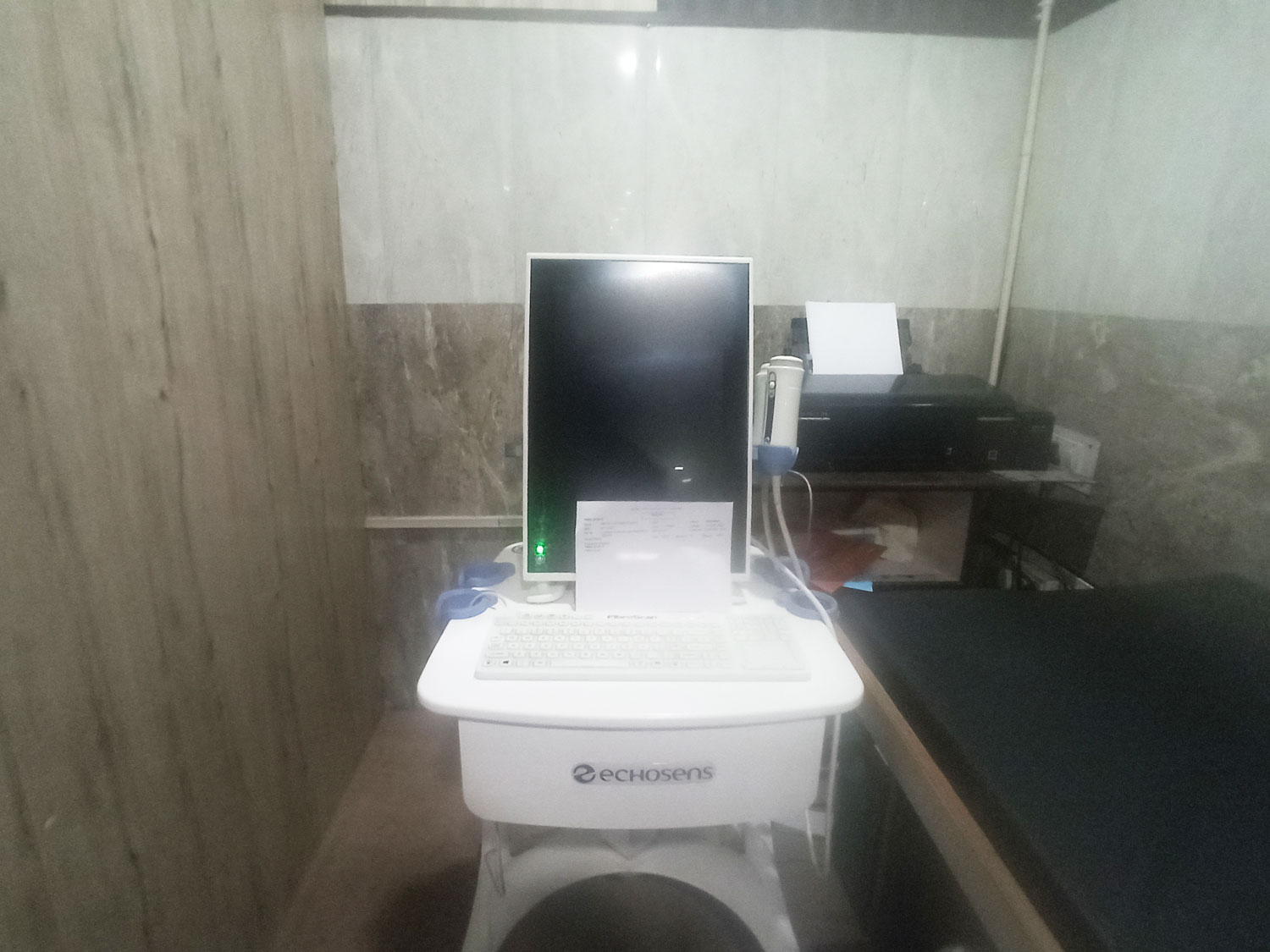A FibroScan is a non-invasive medical test used to assess the level of liver fibrosis and steatosis (the accumulation of fat in the liver). It is also known as transient elastography. FibroScan is often used to evaluate the health of the liver, especially in individuals with liver diseases such as hepatitis, cirrhosis, or non-alcoholic fatty liver disease (NAFLD).
Here's how a FibroScan typically works:
-
Principle: The FibroScan device uses a technology called transient elastography, which measures the stiffness of the liver tissue. Stiffer tissue can be an indication of fibrosis or scarring.
-
Procedure: During a FibroScan, the patient lies on their back, and a technician places a probe on the skin, typically in the right upper quadrant of the abdomen. The probe emits low-frequency ultrasound waves, which create a shear wave that travels through the liver tissue.
-
Measurement: The FibroScan device measures the speed of this shear wave as it travels through the liver. The speed is directly related to the stiffness of the liver tissue. Stiffer tissue yields a faster shear wave.
-
Results: The results are typically expressed in kilopascals (kPa). Lower kPa values indicate a healthier, less fibrotic liver, while higher values suggest more advanced fibrosis or cirrhosis.
FibroScan is often used as a complementary tool alongside other clinical and laboratory assessments to evaluate liver health. It provides a non-invasive way to assess liver fibrosis, reducing the need for liver biopsies, which are invasive and carry some risks. The results from a FibroScan can help healthcare providers determine the extent of liver damage and guide treatment decisions. It's important to note that while FibroScan is a valuable tool, it may not be suitable for all individuals, and its accuracy can vary depending on various factors.

